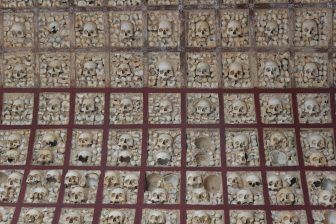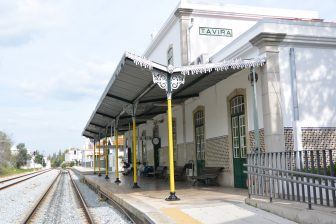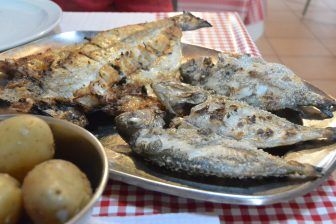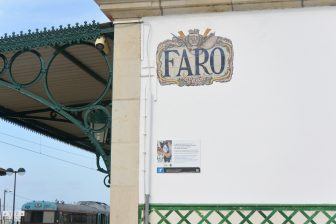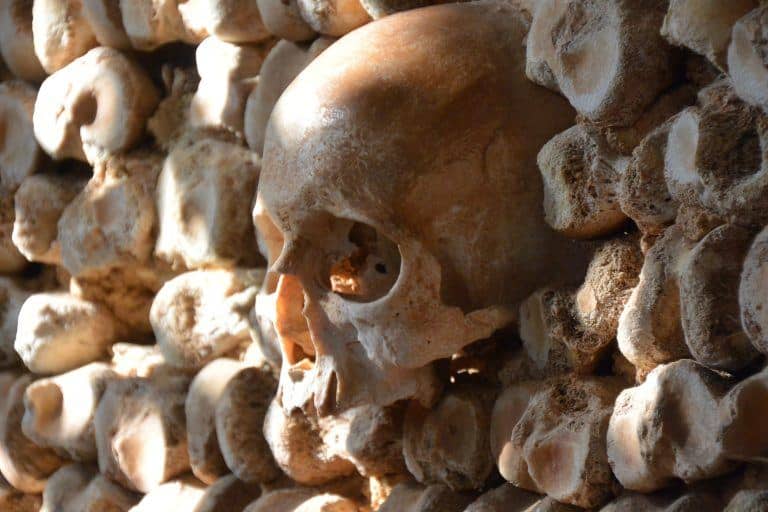
[ Feb.2017 ] Before coming to Faro in Portugal, our colleague told us that there was a chapel made of bones there.
I had no idea what it was like, but we decided to go and see it out of curiosity.
This chapel is in Church of Carmo, which is out of the old town.
We walked up there with a help of the map and found many storks around there.
I thought I heard some continuous electrical noise there, but it seemed to be the noise of the birds.
We kept watching them for a while and took many photos.
Then we approached the church and found that it was closed for lunch and it would be closed until 3 pm.
So we killed the time walking around the town.
It was in the middle of February, but the warm sun was shining and I felt hot.
Probably it was about 18 degree centigrade and I took a jumper off.
It is a good idea to come to south of Spain or Portugal for a holiday during winter time in Europe.
Coming from the dark England, I felt grateful to see the sunlight and I could feel relaxed.
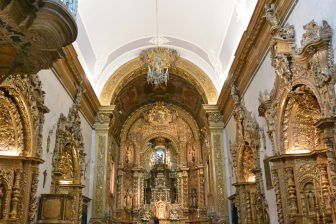
They started building this in 1713 and completed in the late 18th century.
The entrance fee was 1 euro.
The inside was not big and full of intricate carvings, which reminded me of churches we saw recently in Colombia or the ones in Rio de Janeiro in Brazil.
Of course this one here was the original, though.
The important Bone Chapel was located behind the main building, through the door on the right hand side of the altar.
It was shocking.
The wall and the ceiling were covered with the bones and skulls.
But why?
I bought a leaflet to find out why they made it, but it did not say anything about the purpose.
Only it said that those bones were gathered from the adjoining cemetery and they made this in 1816.
There was a kindergarten next door over the wall and it was so out of place hearing the children’s high-pitched voices there.
Afterwards I looked up on the internet and found that there are quite a few bone chapels in Europe.
In Portugal apparently there is a bigger one in Evora in Alentejo region.
We went to Evora a few years ago, but did not know that.
There are similar ones in Italy, Poland and Czech, too.
All of them are said that they made these chapels so that people contemplate the ephemeral, volatile and transitory nature of life.
Well when I was standing there surrounded by the skulls, I did not feel like contemplating that at all, though.


